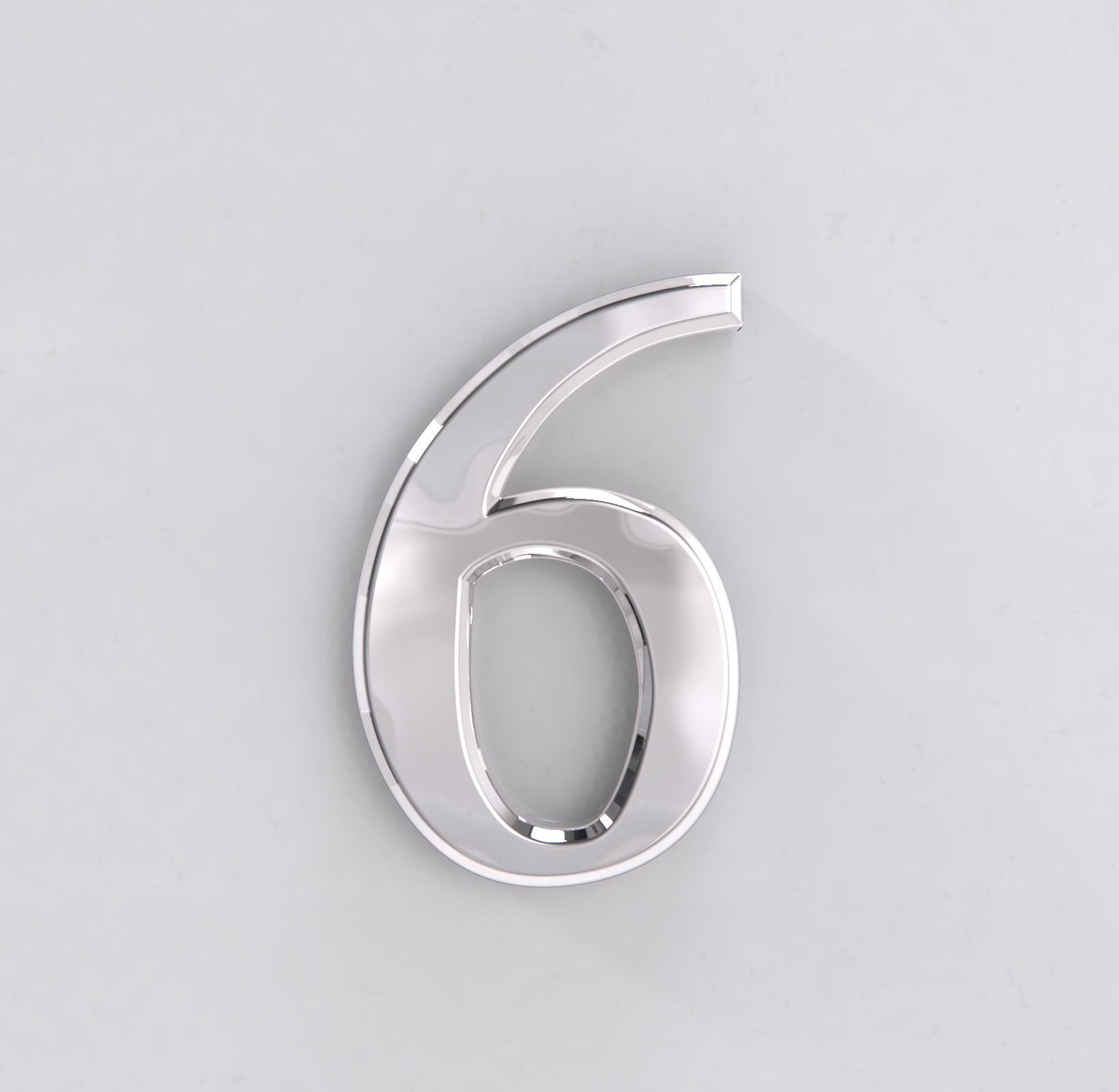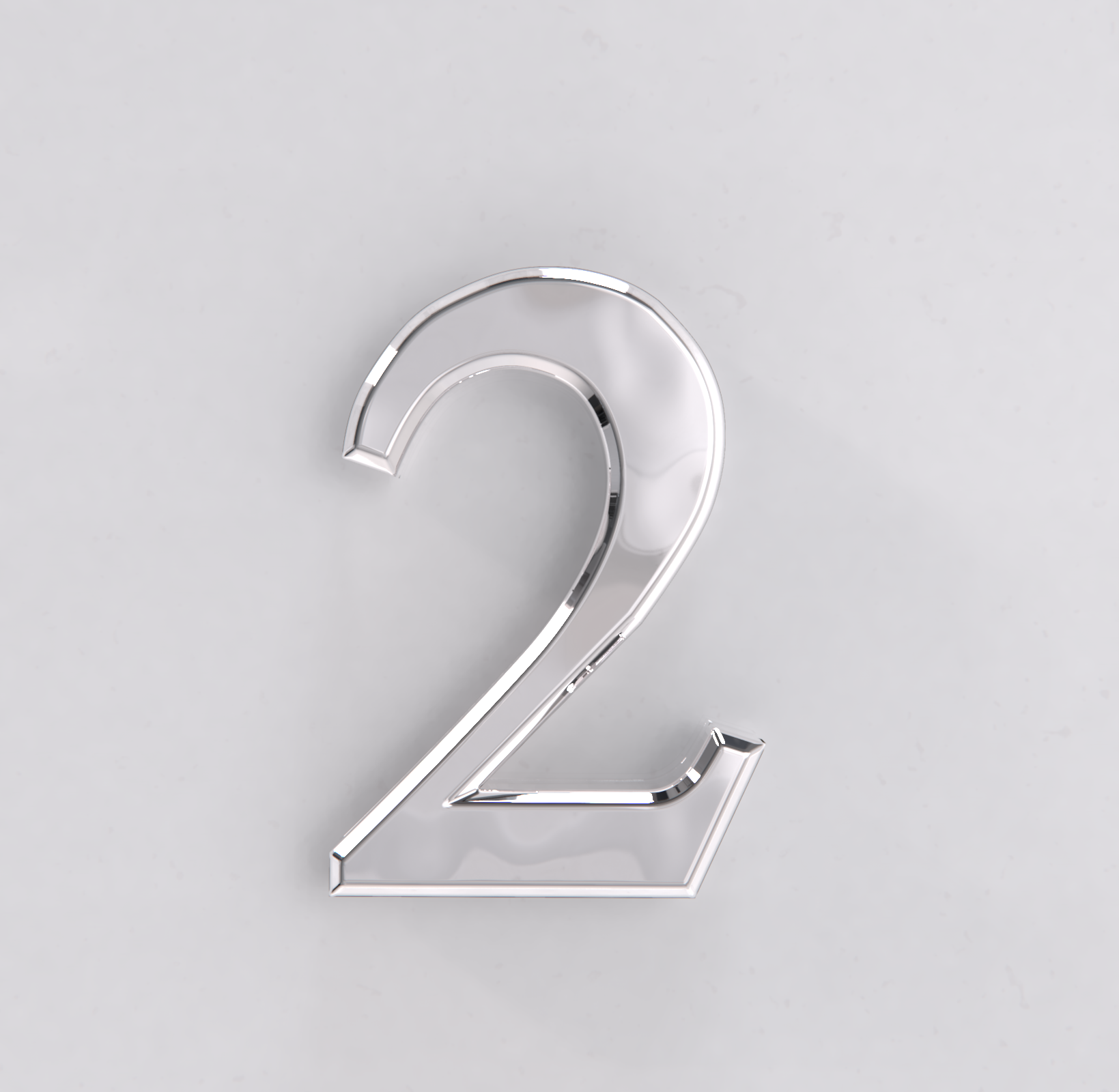Types of Front Door Numbers Which is Commonly Used
There are two common types of front door numbers. A white number is most common and is placed in the center of the door. This type is more expensive, but is easily recognizable from the street. A black number will not look good on a black house, so a white one is the best option. A plaque or backplate can help the number stand out among the busy exterior. There are different types of numbers available, so make sure to find one that suits your home and style.
While there are many different types of front door numbers, most are made from wood. They can be screwed on, which is more practical in uPVC doors. The screws can be removed by sanding the wood to remove any lines or marks. You will need a small drill bit to drill through the door so that the screws have enough timber to bite into. If you are using a wooden door, use a small brass screw.
There are two main types of front door numbers. The first is a screwed-on style. A screwed-on style is the most common, and it is very effective in preventing your door from opening. A second type is an adhesive number, which can be applied to uPVC doors. Regardless of which type you choose, there is a design to suit your home. The first is the more traditional one. A screwed-on style is a great option for older houses and brickwork.

Two Main Types of Front Door Numbers
The second is a bolt-on style. These types of front door numbers are truly stuck on the wall. If they aren't the right fit for your home, you can use a wide paint scraper to remove them. Be sure to scrape off any residue with white spirit or solvent thinners. If the numbers are too difficult to remove, you can always use a strong adhesive. These types of front door numbers are most suitable for high-risk areas and industrial settings.
There are two types of front door numbers. A screw-on number is fixed on the door and is permanently attached. A screw-on number is easily removed, but a bolt-on type has to be removed. It should not be glued on the door and must be removed. A bolt-on number should be stuck on the wall, with the screws, but not on the door. It will leave a mark on the wall.
A front door number is a true-sticky number. You can remove it with force. To remove it from its place, you can use a wide-bladed paint scraper. A wide-bladed paint scraper is useful for removing numbers that are not properly fixed. It may leave adhesive residue. You can use solvent thinners or white spirit to remove this residue.

Traditional Door Numbers
A screw-on front door numbers is a permanent fixture. They can be screwed on a wooden door, or they can be fixed on a upvc. A screw-on number is more permanent, so it is best for homes with a traditional style. However, if you choose a screw-on type, you can easily apply it to a upvc-door.
A bolt-on front door numbers is a solidly fixed number. You may be able to remove it by using a sledge hammer. A bolt-on number is a more permanent option than a screw-on one. A screw-on numbered upvc door is the perfect place for a bolt-on numbered upvc-door.
There are two basic types of front door numbers: screw-on and adhesive. A screw-on number is a permanent fixture that can be easily screwed onto a upvc-door. Front door numbers look great and are the Perfect Addition To your home Door. It is easier to apply than an adhesive-mounted number and can be easily removed. If you are installing a bolt-on number, you should use screws-on uPVC-doors.
